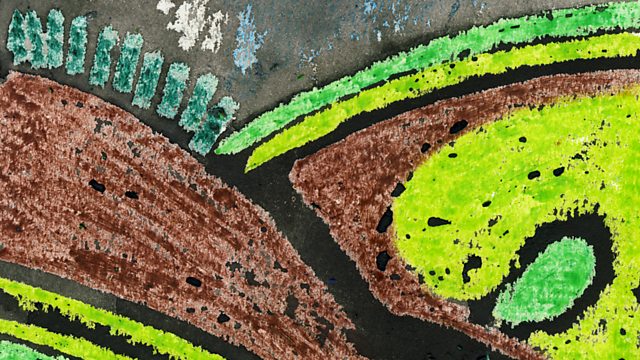Gypsum and Alabaster
Artist and archaeologist Rose Ferraby gets to grips with gypsum. The key constituent of plaster, gypsum covers the walls around us. Highly soluble, it causes sinkholes in Ripon.
The artist and archaeologist Rose Ferraby gets to grips with something that is always around us, but which we almost never stop to consider: gypsum, the chief constituent of the plaster on the walls around us. It's part of this week's series of Cornerstones - nature writing about how rock, place and landscape affects us.
Gypsum's use dates back to at least the ancient pyramids of Egypt. Rose explains how gypsum, being highly soluble, is responsible for the notorious sinkholes around the city of Ripon, frequently causing subsidence and damage to homes. She also considers alabaster, a soft, luminous stone composed of gypsum, and which was used to stunning effect for medieval memorials and sometimes even in place of stained glass in windows.
Among the other Cornerstones essays this week, the writer Alan Garner takes flint, the stone that has enabled human civilisation, and Esther Woolfson contrasts Aberdeen's granite solidity with the decline of the North Sea oil and gas industry, on which its economy has relied for the last 40 years.
Producer: Mark Smalley
Image: Courtesy of the artist Rose Ferraby
Last on
More episodes
Previous
Broadcasts
- Thu 11 Jan 2018 22:45Βι¶ΉΤΌΕΔ Radio 3
- Thu 2 Sep 2021 22:45Βι¶ΉΤΌΕΔ Radio 3
Death in Trieste
Watch: My Deaf World
The Book that Changed Me
Five figures from the arts and science introduce books that changed their lives and work.
Podcast
-
![]()
The Essay
Essays from leading writers on arts, history, philosophy, science, religion and beyond.





